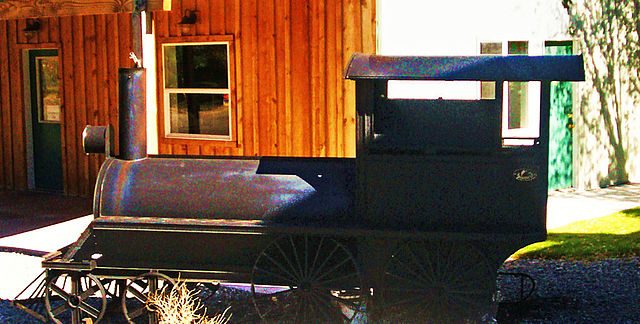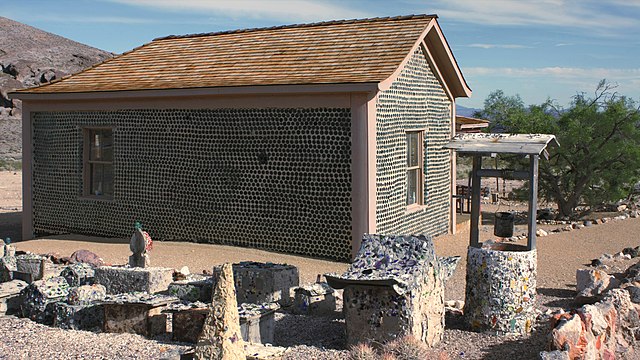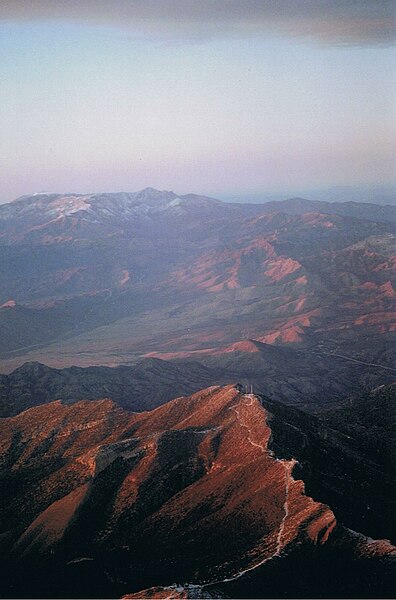The Southern Paiute people are a tribe of Native Americans who have lived in the Colorado River basin of southern Nevada, northern Arizona, and southern Utah. Bands of Southern Paiute live in scattered locations throughout this territory and have been granted federal recognition on several reservations. Southern Paiute's traditionally spoke Colorado River Numic, which is now a critically endangered language of the Numic branch of the Uto-Aztecan language family, and is mutually intelligible with Ute. The term Paiute comes from paa Ute meaning water Ute, and refers to their preference for living near water sources. Before European colonization they practiced springtime, floodplain farming with reservoirs and irrigation ditches for corn, squash, melons, gourds, sunflowers, beans and wheat.
Southern Paiute people
Southern Paiute woven hat from 1876 at a Harvard University museum.
Koosharem Southern Paiute people in Koosharem, Utah 1905.
Young men in Reno, Nevada, circa 1870
Nevada is a landlocked state in the Western region of the United States. It borders Oregon to the northwest, Idaho to the northeast, California to the west, Arizona to the southeast, and Utah to the east. Nevada is the 7th-most extensive, the 32nd-most populous, and the 9th-least densely populated of the U.S. states. Nearly three-quarters of Nevada's people live in Clark County, which contains the Las Vegas–Paradise metropolitan area, including three of the state's four largest incorporated cities. Nevada's capital is Carson City. Las Vegas is the largest city in the state.
Sculpture representing a steam locomotive, in Ely, Nevada. Early locomotives played an important part in Nevada's mining industry.
Bottle house in the mining ghost town of Rhyolite; built in 1906 with about 50,000 bottles
Mountains west of Las Vegas in the Mojave Desert
A valley near Pyramid Lake








